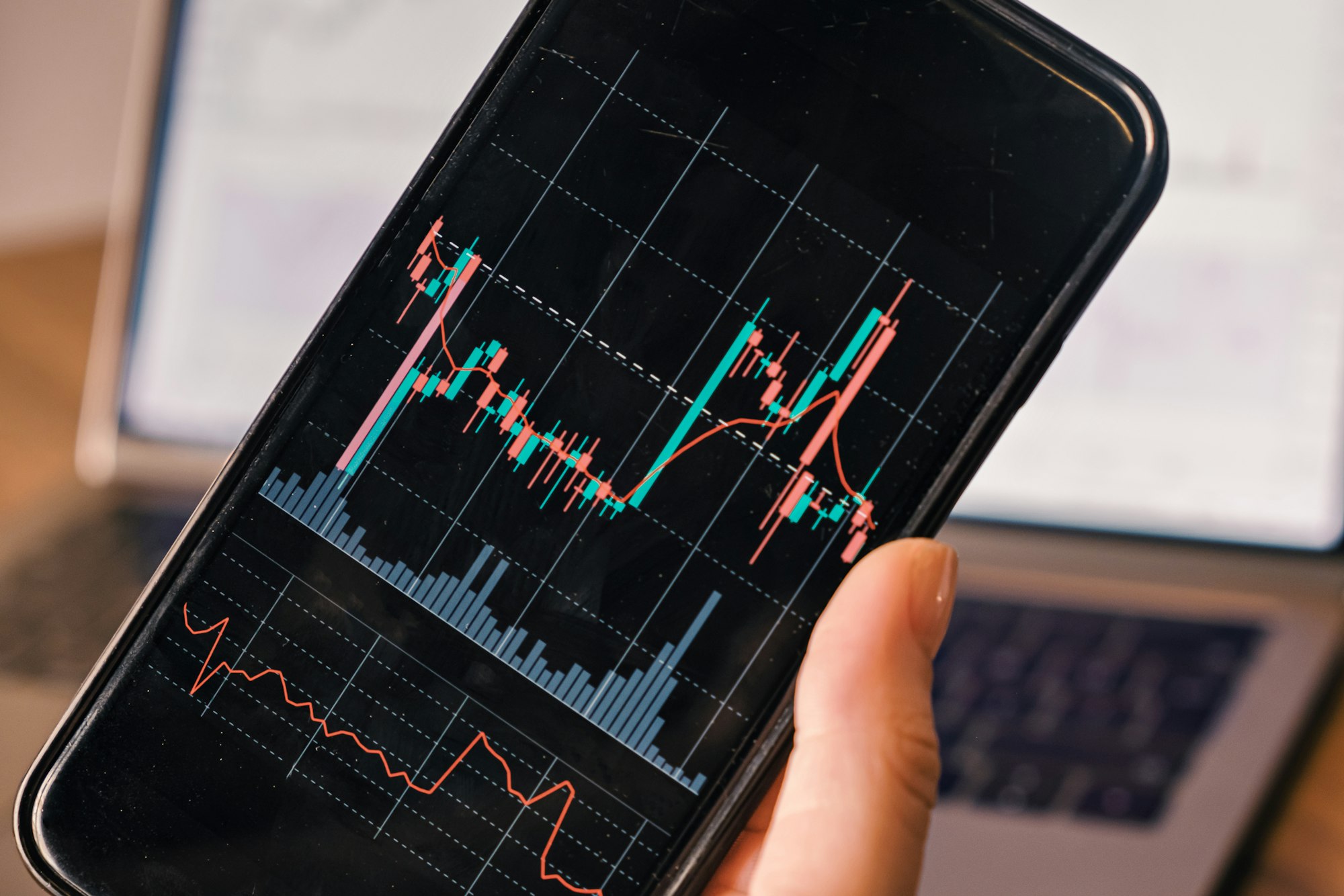Cryptocurrency trading has gained immense popularity in recent years, attracting a diverse range of participants eager to capitalize on the opportunities presented in the cryptocurrency market. To navigate this dynamic landscape successfully, traders need to employ a variety of effective crypto trading strategies tailored to their goals and risk tolerance.
Crypto Trading Strategies
Cryptocurrency trading strategies can vary significantly based on the trader’s risk tolerance, market understanding, and investment goals. Here are several popular strategies used by crypto traders:
- Day Trading:
- Description: Involves making multiple trades within a single day, capitalizing on short-term price movements.
- Tools: Technical analysis, chart patterns, and volume analysis.
- Risk: High, due to the volatile nature of the crypto market.
- Swing Trading:
- Description: Focuses on capturing gains over a period of days to weeks by exploiting market swings.
- Tools: Technical analysis, moving averages, and momentum indicators.
- Risk: Moderate, requires monitoring the market regularly.
- Scalping:
- Description: Involves making numerous small profits on minor price changes throughout the day.
- Tools: High-frequency trading software, technical analysis.
- Risk: High, demands significant time and quick decision-making.
- HODLing (Buy and Hold):
- Description: Long-term strategy where investors buy cryptocurrencies and hold them for an extended period.
- Tools: Fundamental analysis to pick strong projects.
- Risk: Lower compared to day trading, but still subject to market volatility.
- Arbitrage:
- Description: Profiting from price differences of the same cryptocurrency on different exchanges.
- Tools: Automated trading bots, price tracking tools.
- Risk: Low to moderate, dependent on the speed of transactions and exchange fees.
- Trend Following:
- Description: Investing in assets that are showing an upward trend and selling when the trend reverses.
- Tools: Moving averages, trend lines, and momentum indicators.
- Risk: Moderate, requires understanding of market trends and indicators.
- Market Making:
- Description: Providing liquidity to the market by placing buy and sell orders to capture the bid-ask spread.
- Tools: Automated trading systems, advanced algorithms.
- Risk: Low to moderate, dependent on market volatility and volume.
- Fundamental Analysis:
- Description: Evaluating cryptocurrencies based on their intrinsic value, including the technology, team, and market potential.
- Tools: Whitepapers, project roadmaps, financial statements.
- Risk: Moderate, as it involves long-term investment decisions.
- Technical Analysis:
- Description: Using historical price data, chart patterns, and technical indicators to forecast future price movements.
- Tools: Charts, oscillators (e.g., RSI, MACD), trend lines.
- Risk: High, requires a deep understanding of technical tools and market psychology.
- Sentiment Analysis:
- Description: Gauging market sentiment by analyzing news, social media, and other public opinions.
- Tools: Sentiment analysis tools, social media monitoring.
- Risk: Moderate, as it is based on the collective sentiment which can be volatile.
- Dollar-Cost Averaging (DCA):
- Description: Investing a fixed amount of money into a cryptocurrency at regular intervals, regardless of its price.
- Tools: Automated investment plans.
- Risk: Lower, as it reduces the impact of market volatility on the overall purchase price.
- Index Investing:
- Description: Investing in a diversified portfolio of cryptocurrencies that track a specific index.
- Tools: Cryptocurrency index funds.
- Risk: Lower, due to diversification across multiple assets
Understanding the Basics of Crypto Trading
At the core of successful crypto trading lies a solid understanding of how the crypto market operates. Traders need to grasp concepts such as blockchain technology, market liquidity, and the factors influencing cryptocurrency prices to make informed trading decisions.
Developing a Diversified Portfolio
Diversification is key to mitigating risk in the volatile crypto market. By spreading investments across different cryptocurrencies, traders can reduce the impact of price fluctuations on their overall portfolio performance.
Implementing Effective Risk Management Techniques
Effective risk management is essential for preserving capital and ensuring long-term trading success. Strategies such as setting stop-loss orders, position sizing, and risk assessment are crucial components of a trader’s risk management plan.
Day Trading in the Crypto Market
Utilizing Technical Indicators for Day Trading
Day traders often rely on technical indicators such as moving averages, RSI, and MACD to analyze price trends and make informed trading decisions. These indicators help traders identify potential entry and exit points for their trades.
Setting Realistic Profit Targets and Stop-Loss Orders
Setting clear profit targets and stop-loss orders is crucial for managing risk and locking in profits in day trading. Traders should establish these levels before entering a trade to maintain discipline and avoid emotional decision-making.
Managing Emotions and Avoiding Impulsive Trading
Emotions can cloud judgment and lead to impulsive trading decisions. Day traders need to stay disciplined, follow their trading plan, and avoid making rushed decisions based on fear or greed to ensure long-term trading success.
Scalping Strategies for Crypto Trading
Identifying Short-Term Opportunities in the Market
Scalping involves executing quick buy and sell orders to profit from small price movements in the market. Traders need to identify short-term opportunities with high liquidity and minimal spread to maximize their scalping profits.
Executing Quick Buy and Sell Orders with Precision
Successful scalping requires traders to execute orders swiftly and accurately. By utilizing advanced trading platforms and tools, scalpers can enter and exit trades at optimal price levels to capitalize on short-term price fluctuations.
Adapting to Volatility and Market Conditions for Scalping
Scalpers must be agile and responsive to changing market conditions and volatility levels. Adapting their strategies to the prevailing market environment allows scalpers to stay ahead of the curve and maximize their trading opportunities.
Best Practices for Long-Term Investment in Crypto
Researching and Choosing Promising Cryptocurrencies
Long-term investors in the crypto market should conduct thorough research to identify promising projects with strong fundamentals and potential for future growth. Selecting the right cryptocurrencies is crucial for building a resilient long-term investment portfolio.
Holding Assets for the Long Run and Avoiding FOMO
Long-term investors are advised to adopt a patient approach and resist the urge to chase short-term gains driven by fear of missing out (FOMO). Holding assets through market fluctuations and volatility can yield substantial returns over time.
Utilizing Dollar-Cost Averaging and Regularly Rebalancing Portfolio
Dollar-cost averaging involves investing a fixed amount at regular intervals, reducing the impact of market volatility on the average purchase price. Long-term investors should also periodically rebalance their portfolio to maintain alignment with their investment objectives.
Implementing Various Crypto Trading Strategies
Swing Trading: Capturing Price Swings Over a Period
Swing traders aim to capitalize on price swings by entering and exiting trades over a short to medium-term horizon. This strategy requires traders to identify trends and momentum shifts to make profitable trading decisions.
Arbitrage: Exploiting Price Differences Across Exchanges
Arbitrage involves profiting from price variations of a cryptocurrency across different exchanges. Traders can capitalize on these price differentials by buying low on one exchange and selling high on another, making a profit from the spread.
Trend Following: Riding the Momentum of Market Trends
Trend followers seek to profit from sustained price movements in the market by entering trades in the direction of the prevailing trend. This strategy requires traders to identify and ride market trends to maximize their trading gains.





